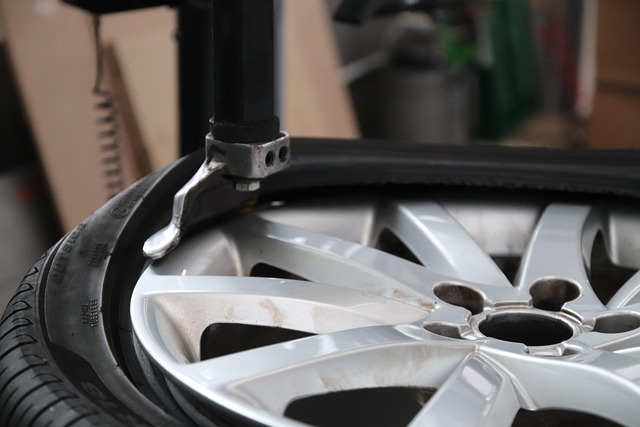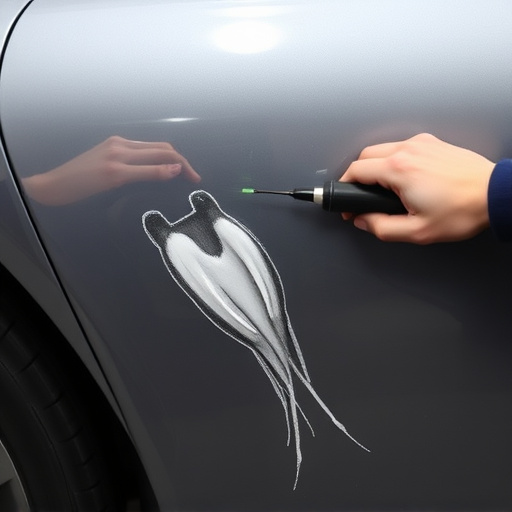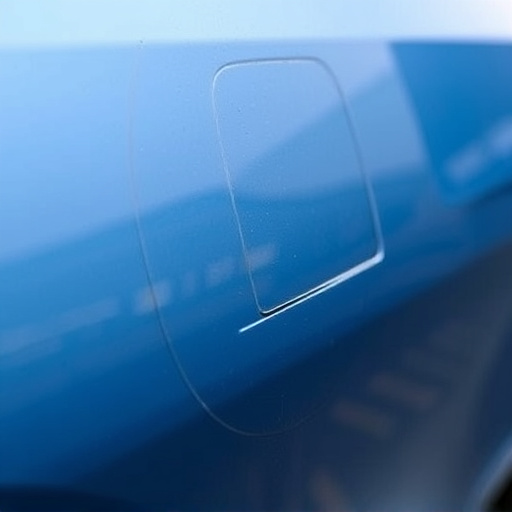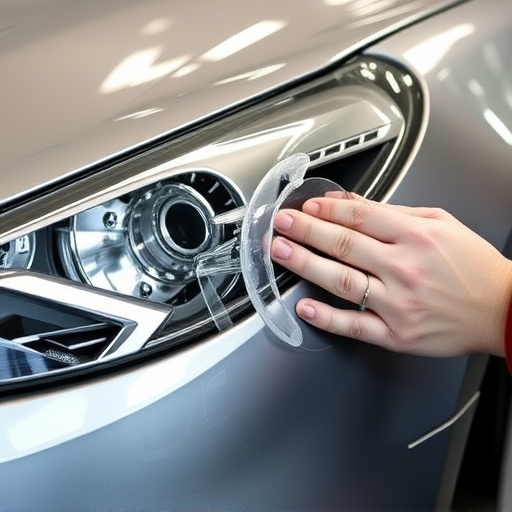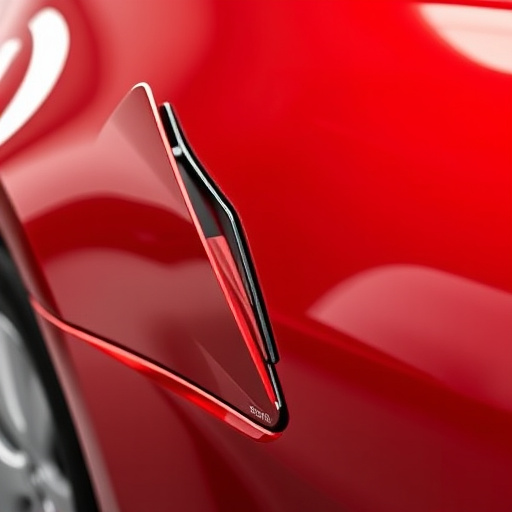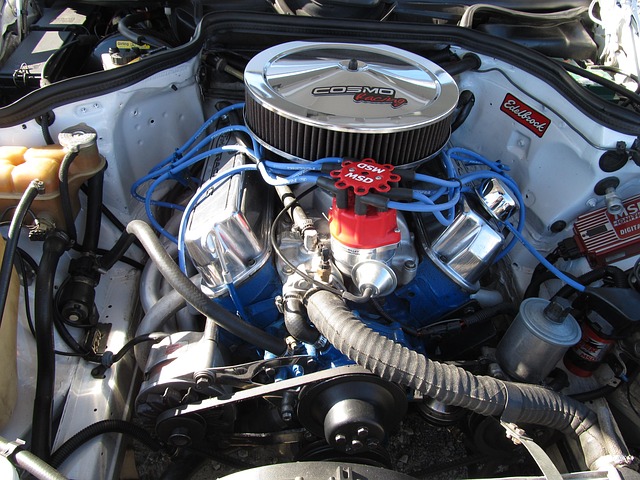Mercedes carbon fiber trim repair poses unique challenges based on finish type: matte requires minimal restoration while gloss demands specialized techniques to hide flaws, focusing on texture and reflection. Skilled technicians use advanced tools and methods like sandbing and precise adhesive application for successful repairs, balancing functionality and material preservation.
“Uncover the art of repairing Mercedes carbon fiber trim, exploring the distinct characteristics of matte and gloss finishes. This comprehensive guide delves into the unique challenges and techniques for each. From understanding the materials’ nuances to mastering repair processes, you’ll navigate the path to restoring these luxurious surfaces. Discover expert tips for effective repairs, ensuring your Mercedes retains its exquisite aesthetic appeal. Explore the sections: ‘Understanding Matte vs Gloss Carbon Fiber’ and ‘Restoring Mercedes Carbon Fiber Trim Effectively’ for a complete guide to this intricate task.”
- Understanding Matte vs Gloss Carbon Fiber
- The Repair Process: Unique Considerations
- Restoring Mercedes Carbon Fiber Trim Effectively
Understanding Matte vs Gloss Carbon Fiber
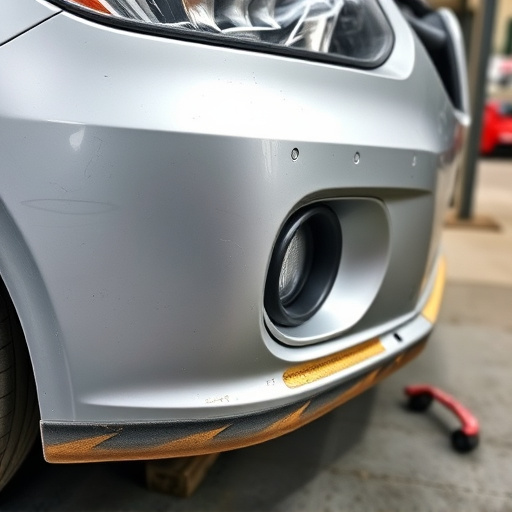
Carbon fiber is a popular choice for automotive trim and interior components due to its lightweight strength and unique aesthetic appeal. However, when it comes to repair, there are distinct differences between matte and gloss carbon fiber finishes. Understanding these variations is essential for car body shops and collision centers addressing Mercedes carbon fiber trim repairs or similar luxury vehicle parts.
Matte carbon fiber has a flat, non-reflective surface that offers a subtle, modern look. This finish is less prone to showing minor imperfections and scratches compared to its glossy counterpart. During a fender bender or collision, matte carbon fiber panels may sustain dents or cracks but usually retain their structural integrity better. In contrast, gloss carbon fiber has a smooth, reflective surface that enhances the material’s natural strength and beauty. While it can be more visually striking, this finish is also more delicate; small nicks or dings in a glossy panel can become noticeable flaws, requiring meticulous repair techniques specific to the car body shop’s expertise.
The Repair Process: Unique Considerations
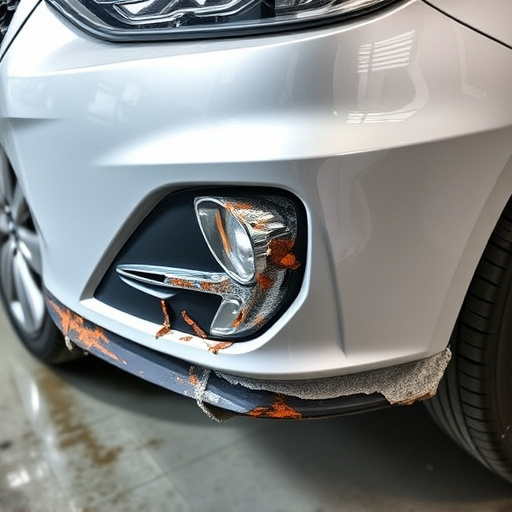
When it comes to repairing carbon fiber trim, whether matte or gloss, there are unique considerations that set this process apart from conventional auto body repairs. Unlike regular paints and finishes, carbon fiber is a composite material, requiring specialized techniques and materials for effective restoration. The repair process demands precision and expertise; even the slightest mistake could compromise the structural integrity and aesthetic appeal of the Mercedes carbon fiber trim.
In an auto body shop, technicians skilled in carbon fiber restoration use advanced tools and methods to match the original texture and color precisely. This often involves meticulous sandbing, applying specialized adhesives, and using carbon fiber patches for larger damages. Unlike simple car damage repair or auto glass replacement tasks, carbon fiber trim repairs necessitate a delicate balance between restoring functionality and preserving the material’s unique characteristics.
Restoring Mercedes Carbon Fiber Trim Effectively
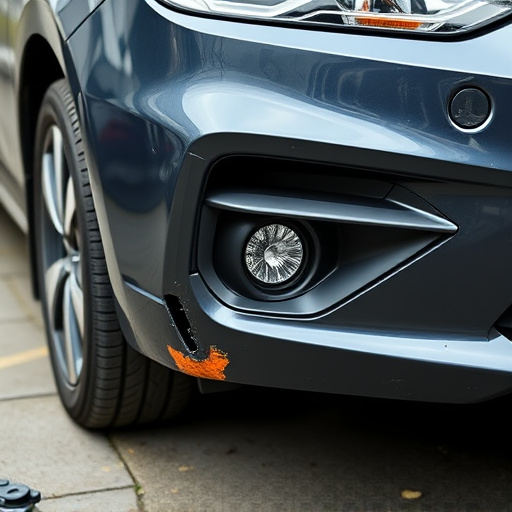
Restoring Mercedes carbon fiber trim effectively requires a delicate touch due to the material’s unique properties. Unlike traditional paints or finishes, carbon fiber’s textured surface and composite structure demand specialized techniques for repairs. At a reputable car repair shop, technicians skilled in classic car restoration understand these nuances. They begin by thoroughly inspecting the damaged area, identifying the extent of the wear and tear. Depending on whether the matte or gloss finish is affected, they select the appropriate restoration methods.
For Mercedes carbon fiber trim with a matte finish, a fine-grit sandpaper is used to gently buff away any imperfections or scratches. This process smooths the surface while preserving the material’s natural texture. Once smoothed, technicians apply a high-quality carbon fiber repair compound, carefully filling in cracks and dents. After allowing it to cure, they use 0000-grit sandpaper for a final polish, achieving a flawless matte finish that blends seamlessly with the car’s exterior. In contrast, gloss carbon fiber trim repairs involve a more meticulous approach, often utilizing specialized coatings designed to reflect light and enhance the material’s natural radiance.
When it comes to repairing Mercedes carbon fiber trim, whether matte or gloss, understanding the unique characteristics of each finish is key. The repair process demands specialized techniques and materials to ensure a seamless and durable outcome. By carefully navigating the differences in these finishes, restorers can effectively revive damaged Mercedes carbon fiber trim, preserving its original beauty and ensuring it continues to stand out as a testament to precision engineering. For those seeking expert guidance on Mercedes carbon fiber trim repair, this knowledge base provides invaluable insights for achieving professional results.
